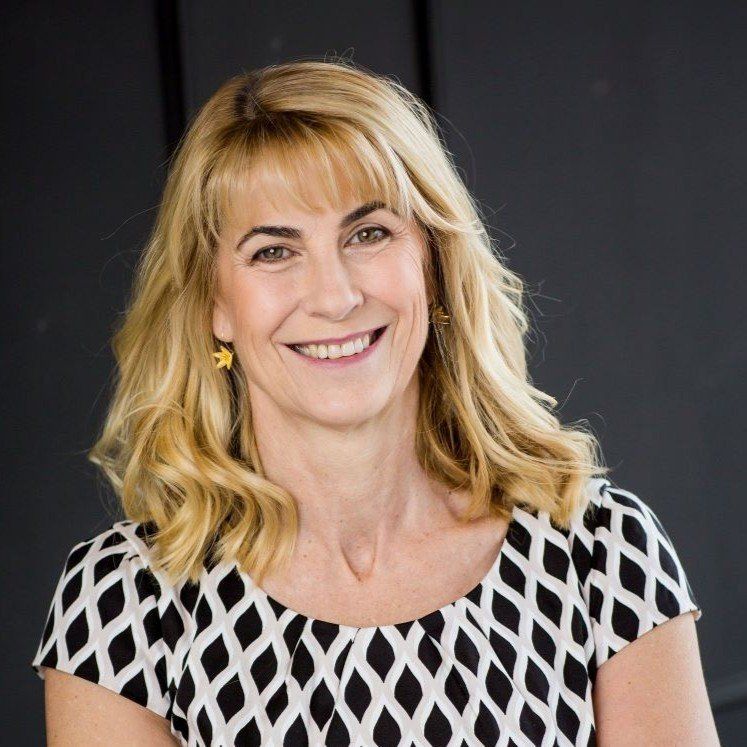How Can We ‘Steer Our Boat’ Faster?

I am often surprised when I hear of the amount of time and money companies allocate in allowing their team members to create the purpose for the company and its employees.
Management mistakenly believe that these team-decided purposes will help build culture and drive performance. These companies fail to understand that it is the leaders who drive the purpose, and not the team members.
And it is those leaders who do it best by creating a purpose that is clear and well-articulated, that separates the great leaders from all others.
Be the captain of your purpose
One such leader who created a purpose worth fighting for was Sir Peter James Blake, a New Zealand yachtsman, who had previously won the Whitbread Round the World Race, and the Trophée
Jules Verne for setting the fastest time around the world.
In the early 1990s, Blake was asked to skipper Team New Zealand for an assault on the 1995 America’s Cup.
To be a challenger in the America’s Cup, not only do you need copious amounts of money, but also an inordinate amount of things that need to be considered when getting boat-race ready.
This includes sails, ropes, winches and crank, electronics, rigging, the crew and crew training. I could go on and on. Like any complicated endeavour, prioritising your efforts on the right things is crucial.
Be focused, stay focused
Blake was instrumental in setting one effective purpose for his challenge. Instead of focusing on winning, by using fancy spreadsheets and performance metrics, he made the team focus on one single purpose: “Will it make the boat go faster?”
Not only did this engage his team in the task ahead, but it also allowed his team to make decisions based on that one simple, yet complete and powerful statement. The team began to rethink everything they knew about sailing and racing with this one strategy in mind.
Training and team composition changed, equipment size and weight changed, sails changed. Even the crew comforts were looked at through the eyes of “will it make the boat go faster?”
The results of real team spirit, alignment and focus, clinched not only a win in 1995, but also in 2000.
In creating purpose for a team, one must promote a future that will stretch boundaries and comfort zones, and enable all team members to have a sense of commitment and increased energy; a vision which promotes a commitment to an excellence process and most importantly, one that will motivate your team!
Joanne is a speaker, author, mentor, and coach. In all that she does, she helps her clients live by the words “lead by example.” At Leaderonomics, we can help your organisation find purpose with programmes such as “Goal-setting” and “Values-driven Organisation.” Contact training@leaderonomics.com for more information. For more Try This articles, click here.
Reposted with permission on Leaderonomics.com
Business







